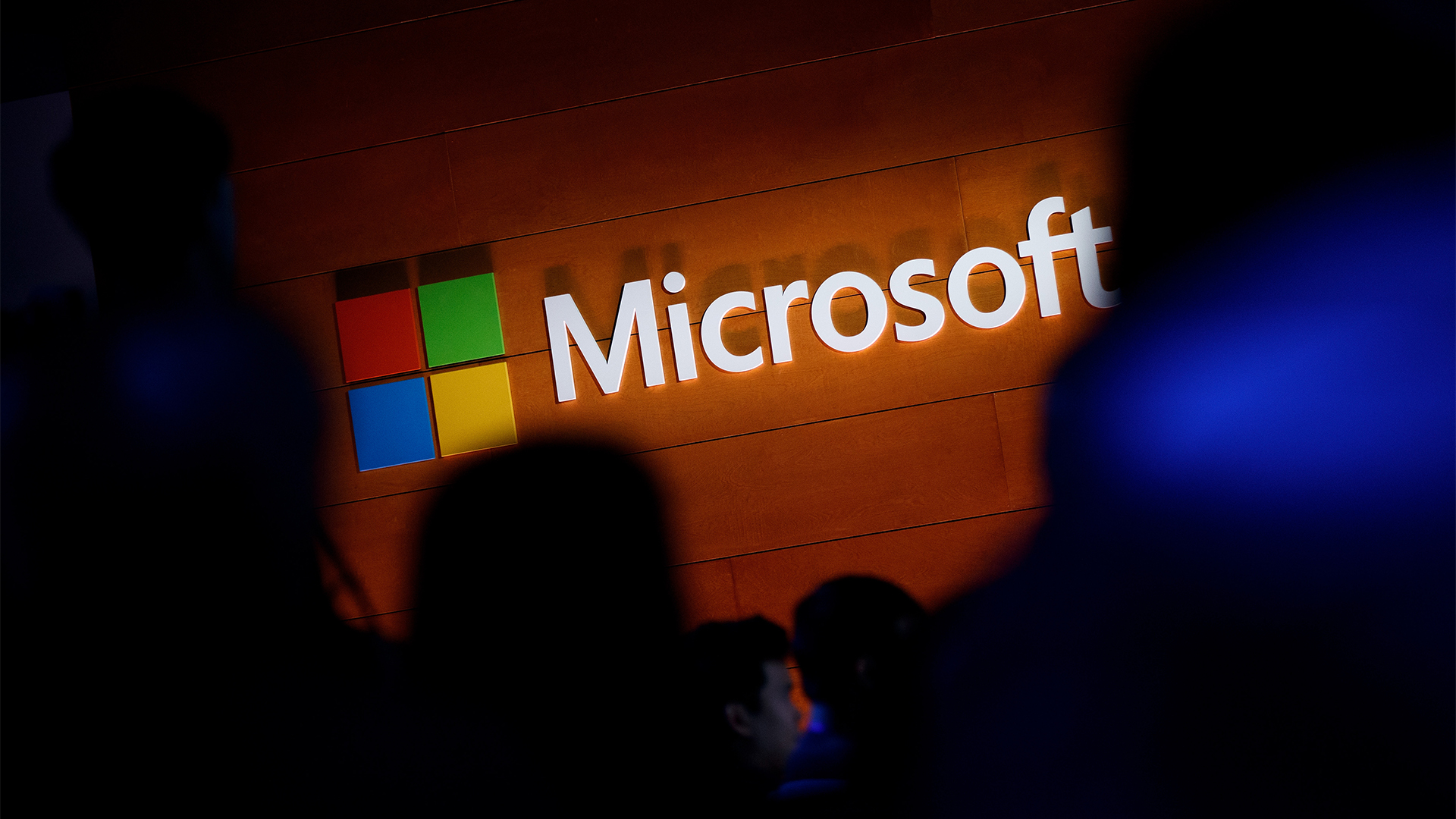BT develops motion-sensing laptop
BT's researchers are testing a system that can control a laptop without the need for a mouse, trackpad or keyboard.

A team of experts at BT's research labs at Adastral Park are testing a device for laptops that uses 'Nintendo Wii-style technology' to enable the PC to be controlled by moving or tilting it.
The BT Balance system comprises a specially designed adaptor containing a movement sensing accelerator chip that can be plugged into any standard laptop or tablet PC and software that translates motion and rotation into actions on the user's computer screen.
The software can be adapted so that users can move a cursor around the screen or even turn the pages of a virtual manual without once touching a mouse, trackpad or keyboard.
Adam Oliver, head of age and disability research at the BT research and venturing labs at Adastral Park in Ipswich said that the technology has been designed to be as intuitive and easy-to-use as possible.
"Standard ways of controlling PC applications can be too complicated, so we decided to use the analogy of a book to work with. What we ended up with gives you the same look and feel of picking up a book and reading it but in a 3-D digital format," he said.
"We quickly realised that it could have other commercial applications such as someone needing to use their laptop in conditions where trying to type or manipulate a tiny keyboard is tricky or where they are unable to use both hands, such as an engineer or technician working in the field needing to navigate quickly round maps or diagrams, or even someone just using their laptop on a crowded train."
He added that the software is highly adaptable, so that it could for example be programmed to make or connect an incoming internet voice call or to access digital pictures with a single movement of the laptop.
Sign up today and you will receive a free copy of our Future Focus 2025 report - the leading guidance on AI, cybersecurity and other IT challenges as per 700+ senior executives
Oliver also said that the technology "has obvious implications for those who are disabled or elderly and have difficulty using a fiddly laptop keyboard or mouse."
Motion control is not entirely new. Laptop makers including Apple have been installing accelerators in their portables for two years or more, ostensibly to park the hard drive to reduce the risk of damage if the computer is dropped or bashed.
Developers quickly seized upon this feature to develop a number of motion-controlled applications and games, most famous of which is MacSaber, which emits 'authentic' Star Wars light sabre sound effects as the laptop is moved around. Rather more usefully SeisMac uses the sensor to detect seismic waves and display them as a graph of earthquake activity. Apple also uses an accelerometer in the Nike + iPod kit to measure running performance
Nintendo's Wii games console uses similar technology in its remote control, which employs a combination of accelerometers and infrared LEDs to relay its position and movement in a 3D space. This enables players to control the game using real hand movements rather than the traditional array of buttons and joystick.
Less sophisticated installations include Tablet PCs (and Apple's forthcoming iPhone) to detect a device's orientation and rotate the screen display as necessary. Digital cameras use them for image stabilisation and anti-blur features.
-
 The six biggest security challenges coming in 2026
The six biggest security challenges coming in 2026In-depth What will be the main challenges businesses face in 2026 and what can they do to prepare?
-
 Channel focus: All you need to know about Microsoft's partner program
Channel focus: All you need to know about Microsoft's partner programChannel Focus The veteran OS developer and vendor continues to advance its strategy, particularly in Azure cloud solutions and AI